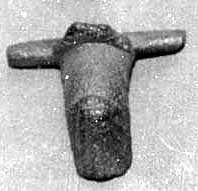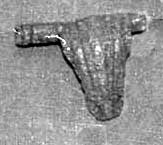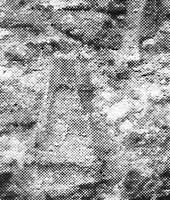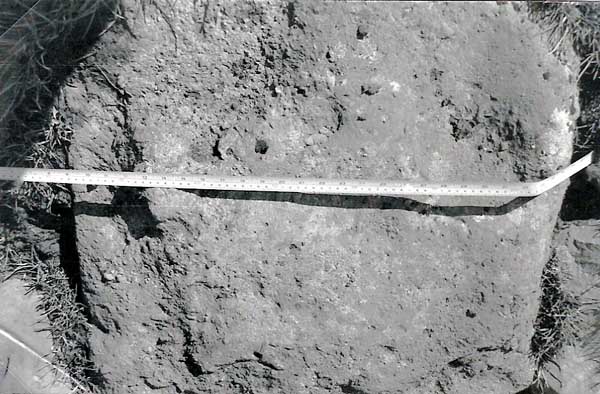 |
Wrington HISTORY
Roman Wrington page 3 |
 |
Wrington HISTORY
Roman Wrington page 3 |
 |
|||||||||||||
| Apart from the first century brooch near the Wangwell Brook, several others were found by the metal detector, these were knee brooches. |
 |
||||||||||||
 |
|||||||||||||
| In Bullhouse Lane, a barn wall contains a vouissoir - a tile used in making vaults over bath houses. | |||||||||||||
| The most significant relic from the past is the Ladywell estate, which has the traditional form of a Roman fort, surrounded by defensive ditch. (A gaming counter was found in one of the gardens). The north and west side of the estate present at least a six foot elevation to the surrounding fields. In the north-west corner there is a well called the Ladywell. This could be The name Albury means in Anglo-Saxon Old Castle or fort. Behind the church |
|||||||||||||
 |
|||||||||||||
| This may well have been a Mithraic Altar stone. If Ladywell estate was military fort, it is not difficult to imagine that the army worshipped Apollo and Mithras and in that case All Saints Church was built over a Mithraic temple which is not unusual. Under St. Clemente Church in Rome there |
|||||||||||||